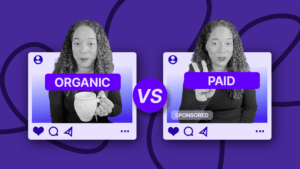The Ultimate Guide to Using UGC eCommerce
After bouncing around tech start-ups and university literature programs, Joe has finally settled down as Billo’s Head of Content. Joe now spends his days writing ads about ads, teaching clients how to craft killer content, and combing through our web copy with a bold red Sharpie.
Tom Slipkus is an email strategist helping SaaS companies onboard users, reduce churn, and drive sales in the process. When he’s not digging through customer research or coming up with the perfect subject line, Tom also pens insightful articles about marketing and building lasting relationships with customers.
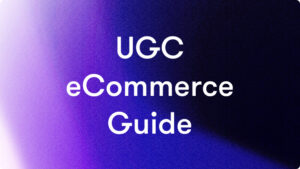
eCommerce is not just about selling products online; it’s about creating an immersive and engaging experience that connects with customers on a personal level.
One powerful strategy to achieve this is through the use of user-generated content (UGC). This comprehensive guide will explore what UGC is, its importance in ecommerce, and how you can effectively leverage it to enhance your online store.
We’ll also provide seven compelling examples of UGC ecommerce in action, showcasing how diverse ecommerce brands have successfully integrated user-generated content into their marketing strategies.
Why Digital Marketing Matters in eCommerce
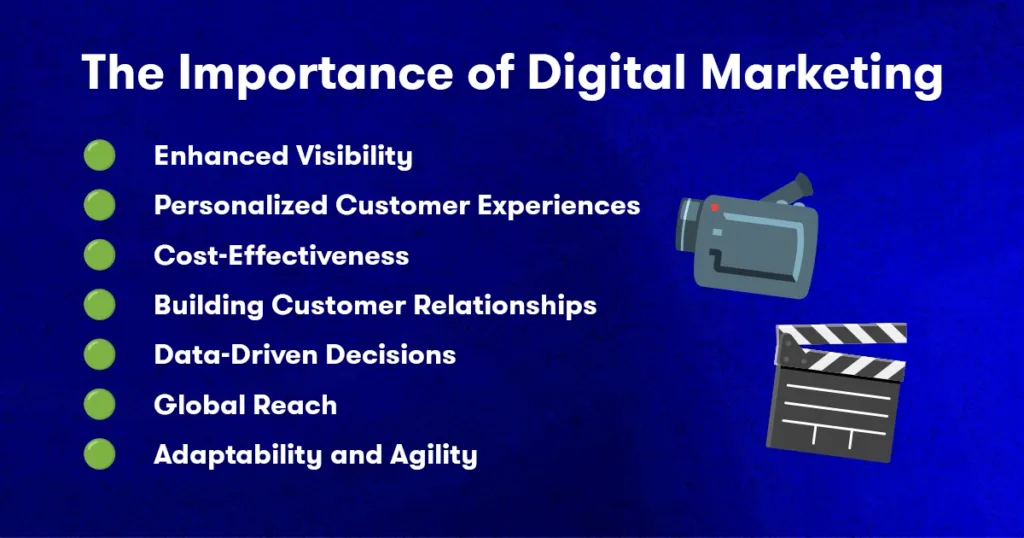
eCommerce, or electronic commerce, is the buying and selling of goods and services over the internet. It encompasses a wide range of online business activities for products and services.
This digital marketplace offers unparalleled convenience, providing customers with the ability to shop for anything, anytime, and from anywhere. As the web continues to evolve, ecommerce has become an essential channel for businesses looking to expand their reach beyond traditional brick-and-mortar stores.
The critical role of digital marketing in the success of ecommerce shops cannot be overstated. In a world where the internet is saturated with countless online stores, digital marketing helps businesses stand out, connect with customers, and drive sales.
Here are several reasons why digital marketing is indispensable for ecommerce businesses:
1. Enhanced Visibility
Digital marketing strategies, such as search engine optimization (SEO), pay-per-click (PPC) advertising, and social media marketing, increase an ecommerce site’s visibility. With millions of online shopping options available, these tactics ensure that a business appears in front of potential customers at the right time and place, significantly increasing the likelihood of making a sale.
2. Personalized Customer Experiences
Digital marketing allows ecommerce shops to personalize the shopping experience for their customers. Through data analytics and customer behavior tracking, businesses can tailor their marketing messages, product recommendations, and special offers to meet the individual needs and preferences of their audience. This personalization enhances the customer experience, fosters loyalty, and boosts sales.
3. Cost-Effectiveness
Compared to traditional marketing methods, digital marketing offers a more cost-effective solution for reaching potential customers. With tools like email marketing and social media, ecommerce businesses can engage with a vast audience at a fraction of the cost of traditional advertising methods. Moreover, digital marketing campaigns can be easily tracked and adjusted in real time to ensure the best return on investment.
4. Building Customer Relationships
Digital marketing fosters direct communication between ecommerce shops and their customers through social media, email, and other online platforms. This two-way interaction facilitates the building of stronger, more personal relationships with customers, encouraging feedback, and creating a community around the brand. Engaged customers are more likely to become repeat buyers and brand advocates.
5. Data-Driven Decisions
One of the greatest strengths of digital marketing is its ability to provide detailed data on campaign performance. eCommerce businesses can use this data to make informed decisions, optimizing their marketing strategies for better results. From understanding which products are most popular to identifying emerging market trends, data analytics is a powerful tool for driving ecommerce growth.
6. Global Reach
Digital marketing eliminates geographical barriers, allowing ecommerce shops to reach customers around the world. With the right strategy, even small ecommerce businesses can expand their sales globally, tapping into new markets and customer segments that were previously out of reach.
7. Adaptability and Agility
The digital marketing landscape is constantly changing, offering new tools and platforms for reaching customers. This flexibility allows ecommerce businesses to adapt quickly to market changes, consumer behavior trends, and technological advancements, ensuring they remain competitive and relevant.
What is User-Generated Content (UGC)?
User-Generated Content (UGC) refers to any form of content—text, reviews, pictures, videos, and more—that’s created by people, rather than brands.
This content is often shared on social media or other platforms, offering a genuine perspective on the brand’s products or services. UGC stands as a testament to the brand’s credibility, fostering trust and engagement among potential customers.
The Importance of UGC in eCommerce
UGC’s value extends far beyond mere social proof; UGC is a multifaceted tool that can significantly impact various aspects of your business, from enhancing customer trust to improving search engine visibility.
Below, we delve deeper into the importance of UGC ecommerce and explore how it can be leveraged to foster growth and customer loyalty.
Builds Trust and Authenticity
At its core, UGC fosters a sense of trust and authenticity unmatched by traditional marketing materials. When potential customers see real people—not models or actors—using a product or service, it offers a level of relatability and authenticity that polished ad campaigns can’t replicate.
This authenticity is crucial, as 92% of consumers trust organic, user-generated content more than they trust traditional advertising, according to Nielsen. This trust is invaluable in converting browsers into buyers, making UGC a cornerstone of modern consumer engagement strategies.
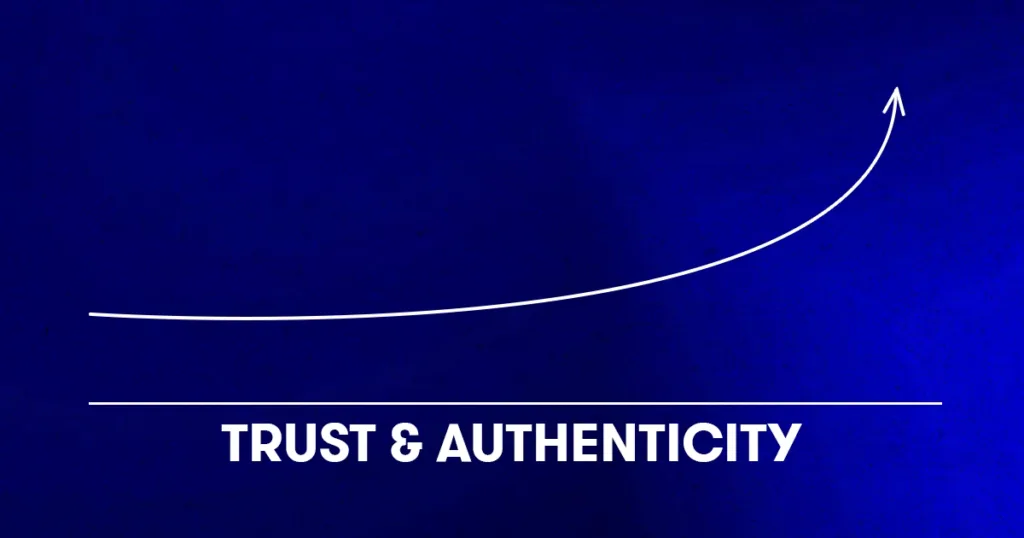
Influences Purchasing Decisions
UGC significantly influences purchasing decisions by providing potential customers with real-life testimonials and product applications.
A study by TurnTo Networks found that nearly 90% of consumers consider UGC to be the most trustworthy form of content, influencing their shopping behavior more than any other form of advertising. By incorporating UGC into product pages, social media, and marketing emails, ecommerce businesses can showcase authentic experiences, directly impacting the decision-making process of their audience.

Enhances Online Presence and SEO
User-generated content can also enhance a brand’s online presence and improve its search engine rankings.
Fresh, unique content is a key factor in SEO, and UGC ecommerce provides a continuous stream of new content that can be indexed by search engines. This not only helps in improving organic search visibility but also increases the chances of capturing long-tail search queries, which are often more specific and closer to the point of purchase.
Furthermore, UGC can increase the dwell time on your site—a metric that signals to search engines that your site offers valuable content, potentially boosting your rankings.
Provides Valuable Insights into Customer Preferences
Beyond its marketing value, UGC offers unparalleled insights into customer preferences, behavior, and feedback.
By analyzing the content created by your users, you can gain a deeper understanding of how your products are used in real life, which features are most appreciated, and what areas might need improvement.
This information can guide product development, marketing strategies, and customer service practices, ensuring that your business remains aligned with customer needs and expectations.
Increases Engagement and Community Building
UGC naturally encourages more engagement from your audience. When customers see that their content is valued and shared by a brand, they are more likely to engage in an ongoing conversation, share more content, and become loyal advocates for the brand.
This sense of community and belonging can be incredibly powerful in building long-term relationships with your customer base, leading to higher retention rates and increased customer lifetime value.
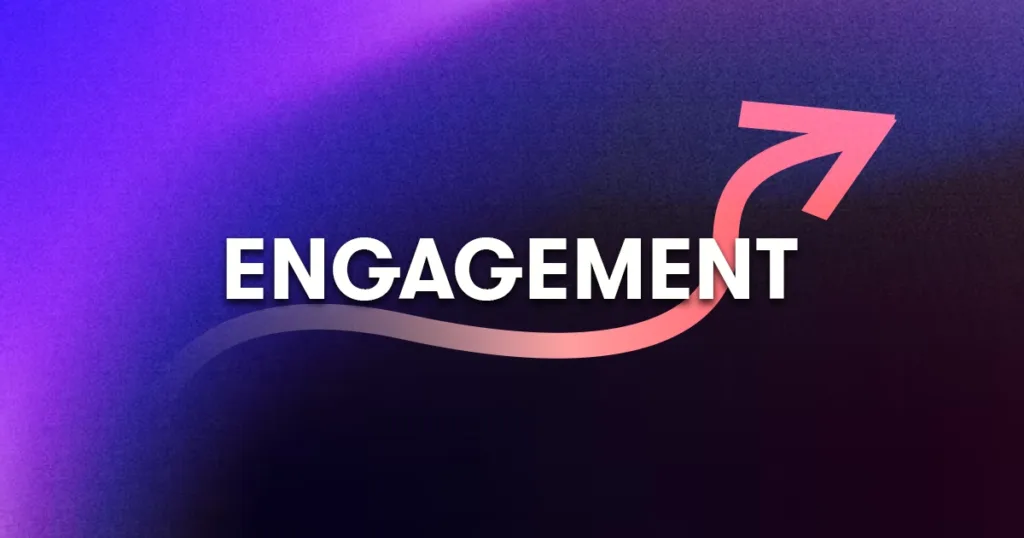
Facilitates Cost-Effective Marketing
Finally, leveraging UGC can be a cost-effective marketing strategy.
Producing high-quality content consistently can be resource-intensive. By encouraging your customers to share their content, you receive a diverse array of content to use across your marketing channels, reducing the need for expensive photo shoots and ad campaigns.
This not only saves costs but also ensures that your marketing efforts are grounded in authenticity and real customer experiences.
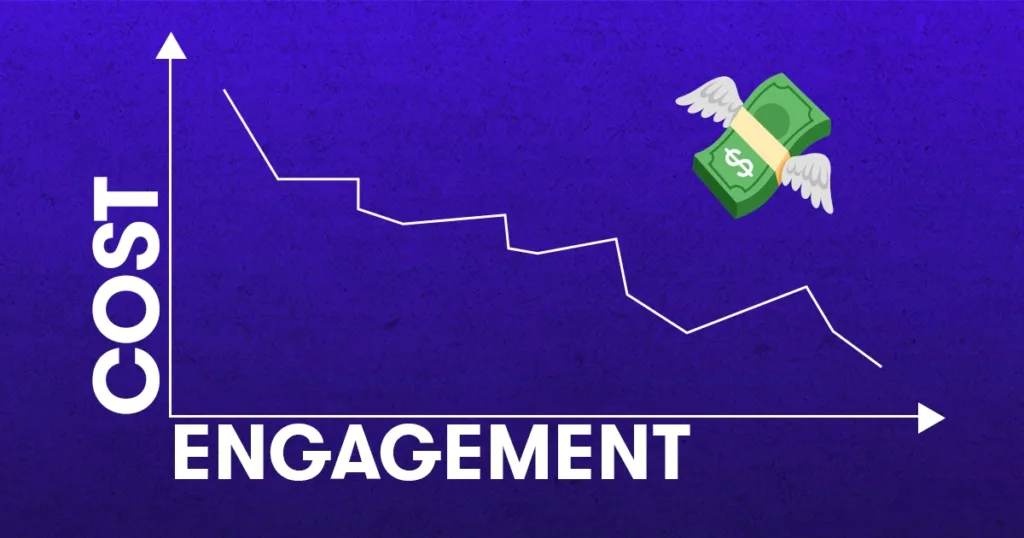
How to Use UGC for eCommerce: A Full Guide
There are various UGC practices in play and it may me daunting to choose just one. Here are our top picks for e-commerce.
1. Encourage Reviews and Ratings
Make it easy for customers to leave reviews and ratings on your website. Displaying these reviews prominently can influence potential buyers and provide valuable feedback for your business.
2. Create Hashtag Campaigns
Develop unique hashtags for your brand and encourage customers to use them when posting about your products. This not only generates more UGC but also helps in tracking and aggregating content related to your brand.
3. Host Contests and Giveaways
Engage your audience by hosting contests or giveaways that require participants to create content, such as photos or videos with your product. This strategy can significantly boost UGC production and engagement.
4. Feature UGC on Your eCommerce Shop or Site
Incorporate a gallery on your website where UGC is showcased, especially on product pages. This visual proof can encourage visitors to make a purchase by seeing how others have used or styled your product.
5. Use UGC in Email Marketing
Incorporate UGC in your email marketing campaigns to add a layer of authenticity. Sharing real customer testimonials and photos can make your emails more engaging and relatable.
6. Leverage UGC for Product Development
Use the feedback and ideas from UGC to inform new product development or improve existing products. This not only improves your offerings but also makes customers feel valued and involved.
7. Engage with the Content Creators
Always acknowledge and engage with users who create content about your brand. A simple thank you, comment, or re-post can go a long way in building a community around your brand.
Maximizing the Impact of UGC in eCommerce
To ensure that your efforts in gathering UGC translate into tangible results for your ecommerce store, consider the following best practices:
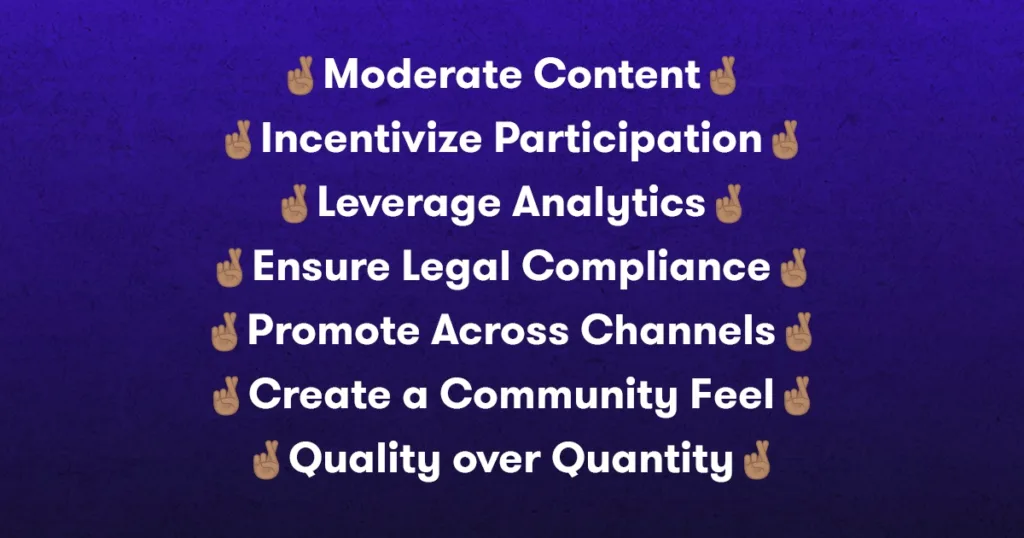
Moderate Content: While UGC is inherently authentic, it’s crucial to moderate content to ensure it aligns with your brand values and messaging. This helps maintain a positive and respectful online community.
Incentivize Participation: Encourage more UGC by offering incentives such as discounts, loyalty points, or chances to be featured on your main channels. This can motivate customers to share their experiences and content.
Leverage Analytics: Utilize analytics tools to track the performance of UGC campaigns. Understanding which types of content resonate with your audience can help you refine your strategy and focus on the most effective tactics.
Ensure Legal Compliance: Always secure the necessary permissions for using user-generated content in your marketing. This might involve reaching out to content creators for consent and being transparent about how you intend to use their content.
Promote Across Channels: Don’t limit UGC to just one platform. Share it across all your marketing channels, including your website, social media, email newsletters, and even in-store displays, to maximize its reach and impact.
Create a Community Feel: Engage actively with your community by commenting on, liking, and sharing user-generated content. Building relationships with your customers can turn them into brand advocates.
Quality over Quantity: Focus on sharing high-quality UGC that truly represents your brand well. It’s better to have a smaller amount of impactful, high-quality content than a large volume of mediocre content.
7 Impactful Examples of UGC in eCommerce
GoPro: The Pioneers of Adventure UGC
GoPro has effectively become synonymous with adventure, thanks in large part to its adept use of User-Generated Content (UGC). Encouraging users to share their daring adventures captured with GoPro cameras, the company prominently features this real-life content across its marketing channels. To see GoPro’s UGC in action, explore the #GoProHero hashtag on social media or visit their official GoPro User Gallery.
Airbnb: Travel Through the Eyes of Locals
Airbnb transforms guest experiences into the cornerstone of its marketing, inviting guests to share stories of their travels and accommodations. This genuine content is prominently displayed on Airbnb’s website and social platforms, offering prospective guests a peek into authentic travel experiences. Dive into real travel stories on Airbnb’s Community Stories.
Glossier: Building a Beauty Community
Glossier stands out in the beauty industry by fostering a strong community around its products. The brand shares user-generated content on its social media platforms, showcasing how real customers use their products in everyday life. For a closer look at how Glossier celebrates its community, check out the Glossier Instagram page.
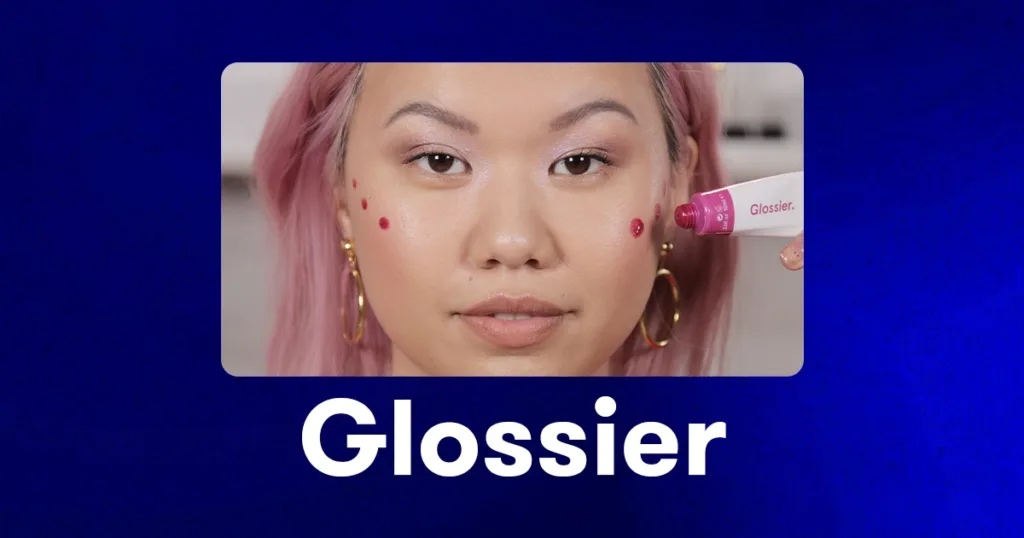
Wayfair: Home Inspirations from Real Customers
Wayfair leverages customer photos to inspire and reassure potential buyers. By incorporating real customer images into its product galleries, Wayfair demonstrates how its products fit into diverse homes, adding credibility and inspiring purchase decisions. Visit Wayfair’s Customer Photos to see how real homes are brought to life with their products.

Lululemon: Celebrating Fitness Journeys
Lululemon encourages customers to share their fitness stories, highlighting the role of Lululemon attire in their active lifestyles. This content is featured across the brand’s social media and website, strengthening its connection with a community passionate about fitness. Explore how Lululemon’s gear is making a difference on Lululemon’s Community Page.
Starbucks: The Iconic Red Cup Contest
Each holiday season, Starbucks’ Red Cup Contest ignites creativity among its customers, who submit photos featuring the brand’s seasonal cups. This festive UGC not only engages the community but also amplifies Starbucks’ holiday campaign across social platforms. Witness the holiday spirit through Starbucks’ Red Cup Gallery.
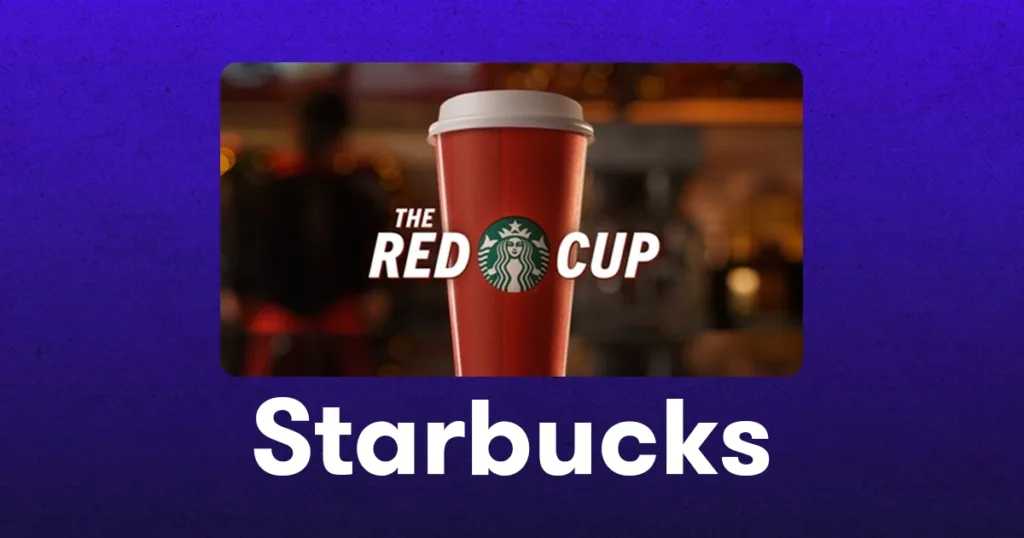
Whole Foods: From Our Customers’ Kitchens
Whole Foods Market taps into the culinary creativity of its customers, inviting them to share recipes using products from their stores. This initiative not only enriches Whole Foods’ content but also showcases the quality and versatility of its offerings. Engage with the community of food enthusiasts and discover new recipes at Whole Foods Market Recipes.

Sephora: A Beauty Hub by the Community
Sephora’s Beauty Insider Community takes UGC to another level, creating a platform where customers can post reviews, share beauty tips, and offer makeup tutorials. This vibrant community enhances Sephora’s product pages with real-life images and reviews, fostering a strong sense of belonging. Join the conversation and learn from real beauty enthusiasts on Sephora’s Community Page.
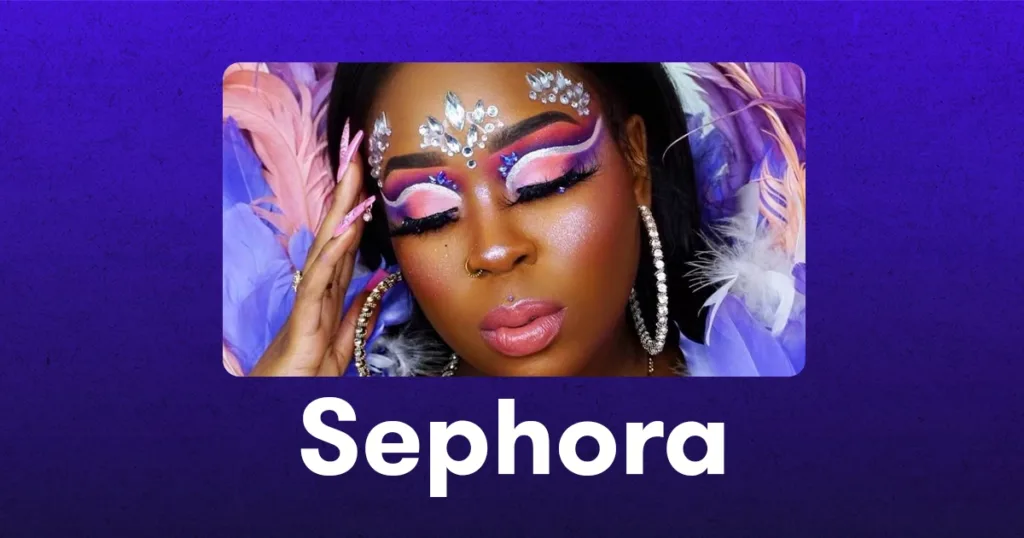
Get UGC for All of Your eCommerce Needs
The secret to UGC in enhancing trust, authenticity, and engagement cannot be overstated in this highly competitive environment. As we’ve explored, leveraging UGC is not just beneficial; it’s a strategic necessity for any ecommerce business aiming to thrive.
This is where Billo steps in as your ideal partner. Billo specializes in helping ecommerce shops harness the full potential of user-generated content, providing an easy and effective way to collect and showcase authentic customer testimonials, reviews, and product experiences.
By integrating Billo UGC and video ads into your ecommerce strategy, you’re not just adding content to your site; you’re building a community around your brand, enhancing your online presence, and significantly boosting your sales potential.
Whether you’re a startup or an established ecommerce brand, the benefits of using Billo UGC are clear. From increasing conversion rates to enriching your marketing campaigns with real, relatable customer stories, Billo offers a powerful tool to connect with your audience on a deeper level.
Continue learning:
Head of Content
After bouncing around tech start-ups and university literature programs, Joe has finally settled down as Billo’s Head of Content. Joe now spends his days writing ads about ads, teaching clients how to craft killer content, and combing through our web copy with a bold red Sharpie.

Authentic creator videos, powered by real performance data
22,000+ brands use Billo to turn UGC into high-ROAS video ads.
Common UGC Brief Mistakes Brands Still Make in...
A vague or overpacked brief derails campaigns before they start, [...]...
Read full articleOrganic UGC vs Paid UGC: How Top Brands Drive Gr...
More brands are turning to user-generated content (UGC) to fuel [...]...
Read full articleOrganic UGC: How to Turn Native Creator Posts in...
Short-form feeds spotlight content that feels natural, not like ads. [...]...
Read full article


